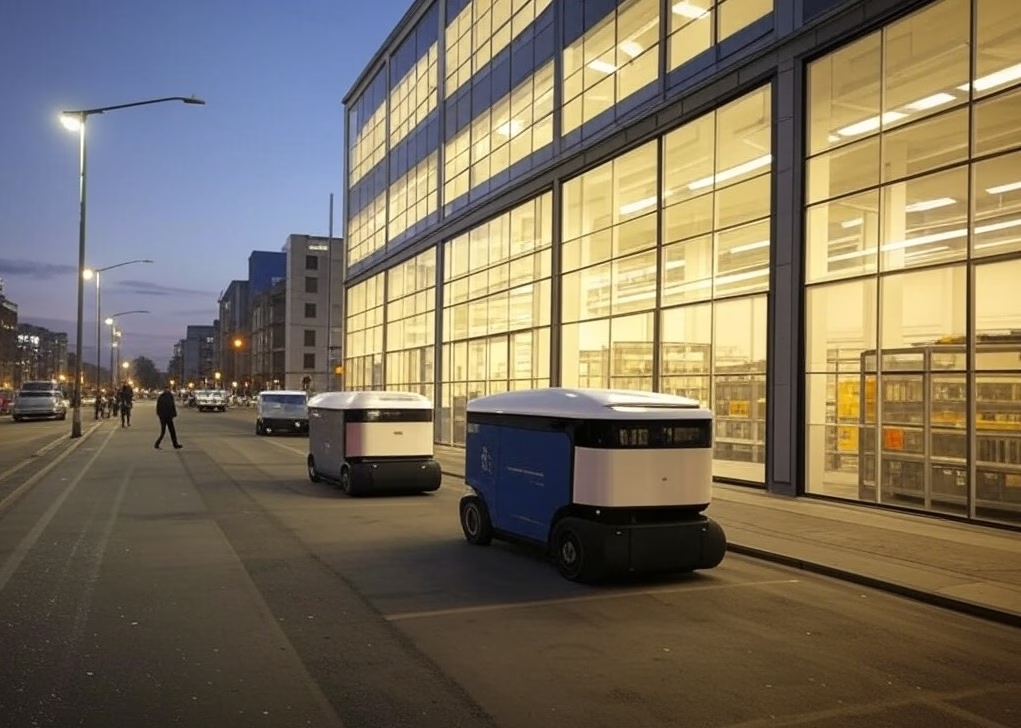038D76 • April 15, 2025
The Rise of Quick Commerce: How Robotics and Micro-Fulfillment Are Shaping the Future of Urban Deliveries
The Signal
In the rapidly evolving landscape of retail, quick commerce is emerging as a game changer. With the increasing demand for instant gratification, businesses are leveraging technology to meet consumer expectations. This article explores the transformative role of hyperlocal warehouses and robotics in achieving faster deliveries. We’ll delve into key trends, insights, and projections that highlight the future of quick commerce and its implications for businesses and consumers alike.
How We Found It
Patterns Emerging
Strategic Note
As the quick commerce sector continues its rapid ascent, it’s imperative for businesses to adapt to the changing dynamics of consumer expectations. The integration of robotics into hyperlocal warehousing presents a transformative opportunity that can redefine how goods are delivered. This evolution not only promises faster delivery times but also offers significant cost savings—an attractive proposition in a competitive market. Companies must consider investing in these technologies to stay relevant and meet the rising demand for instant gratification. The implications extend beyond mere logistics; they signal a shift in consumer behavior that prioritizes speed and convenience over traditional shopping experiences. As we look ahead, the critical question remains: How will businesses leverage this technological advancement to enhance customer satisfaction and drive growth? The answer lies in proactive adaptation and strategic investment in micro-fulfillment capabilities that resonate with the expectations of today’s consumers.
Ready to explore what’s next : Schedule a Discussion
The Strategic Impact
Looking ahead, the quick commerce landscape is set to undergo significant transformations. By 2030, we predict that 70% of urban deliveries will be executed through automated systems, fundamentally altering the logistics industry. This shift will not only create opportunities for businesses to streamline operations but also pose challenges in workforce management and regulatory compliance. Companies must prepare for these changes to harness the potential benefits while mitigating risks.




